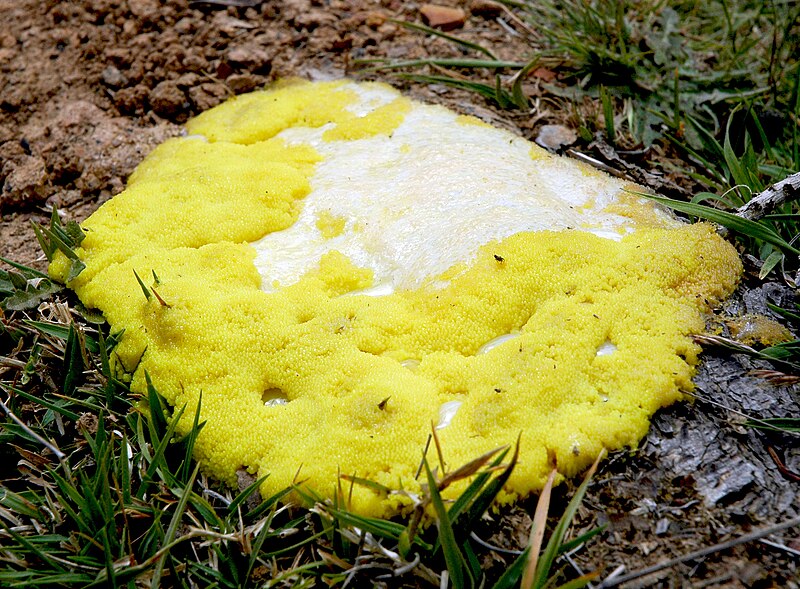Kingdom Fungi

There is so much variety and fun investigations that can be done with Fungus. This kingdom has so much variety to it.

Phylum Amastigomycota is separated into three classes:

Class Basidiomycetes: The Mushrooms
 The organisms in this class that are single-celled are usually called yeasts. We are most familiar with the yeast used in baking. Yeasts feed on sugar, breaking it down into alcohol and carbon dioxide. Carbon dioxide is a gas and pushes its way out of the dough, making it to rise. When the dough is baked in the oven, the yeasts are killed and the alcohol evaporates. All of the fungi in this group form their spores in protective membranes (sacs) that are shaped like globes, flasks, or dishes.
The organisms in this class that are single-celled are usually called yeasts. We are most familiar with the yeast used in baking. Yeasts feed on sugar, breaking it down into alcohol and carbon dioxide. Carbon dioxide is a gas and pushes its way out of the dough, making it to rise. When the dough is baked in the oven, the yeasts are killed and the alcohol evaporates. All of the fungi in this group form their spores in protective membranes (sacs) that are shaped like globes, flasks, or dishes.
The mycelium is not roots but rather it is the main part of the mushroom.
Mushrooms do not have roots. The mycelium does not gather moisture and nutrients for the rest of the fungi like roots do for a plant. The mushroom is just the fruiting body that is only produced periodically.

 |
| student (age 14) notebook |

Making a mushroom spore print is so much fun.
 |
| This bracket fungus is in the Class Baidiomycetes. |


Class Zygomycetes: The Bread Molds
There are three ways that these molds can reproduce. They have stolens, or those root looking projects, lengthens and forms new filaments. Strawberry plants, by the way, have stolens as well. They also reproduce by spores, such as in the sketch above, and lastly, the root-like structure, called a mycelium is composed of many interwoven filaments called hypha. Two hyphae can fuse together to form another fungus. If you encourage mold to grow on a piece of bread (homemade, without preservatives) by making it damp and leaving it out. Then students can sketch every day or so to track the mold as it grows.
There are three ways that these molds can reproduce. They have stolens, or those root looking projects, lengthens and forms new filaments. Strawberry plants, by the way, have stolens as well. They also reproduce by spores, such as in the sketch above, and lastly, the root-like structure, called a mycelium is composed of many interwoven filaments called hypha. Two hyphae can fuse together to form another fungus. If you encourage mold to grow on a piece of bread (homemade, without preservatives) by making it damp and leaving it out. Then students can sketch every day or so to track the mold as it grows.
 |
| The mold on this orange belongs in the Class Oomycetes from the Phylum Mastigomycota. |
This phylum includes single-celled fungi, water molds and mildew (like around the tile in the bathroom) and the mold that caused the potato blight in Ireland. This last one also includes the molds that grow on fruits, such as this orange.
"Phylum" Deuteromycota: The Imperfect Fungi
This phylum is in quotes because its status among biologist is under debate. All fungi which are not yet understood are stuck under this category. The mold that made penicillin is under this category as well as the molds that are on cheeses such as blue cheese.
 |
| source |
Phylum Myxomycota: Slime Molds
These are sometimes considered a fungi and sometimes considered a protist. This is because they behave like fungi when they reproduce but behave like protists when they feed.
These are sometimes considered a fungi and sometimes considered a protist. This is because they behave like fungi when they reproduce but behave like protists when they feed.

Symbiosis
Lichen are produced by the symbiotic relationship between fungus and an algae. The algae produces the food by means of photosynthesis while the fungus supports and protects the algae. As a result of this relationship, lichen can be found where other organisms cannot survive. Most lichens reproduce by releasing a dust-like soredium which contains spores of both the algae and the fungus."
Lichen are produced by the symbiotic relationship between fungus and an algae. The algae produces the food by means of photosynthesis while the fungus supports and protects the algae. As a result of this relationship, lichen can be found where other organisms cannot survive. Most lichens reproduce by releasing a dust-like soredium which contains spores of both the algae and the fungus."
sources and inspiration:
- Exploring Creation with Biology, Jay Wile
- Handbook of Nature Study, Anna Comstock
related posts:


